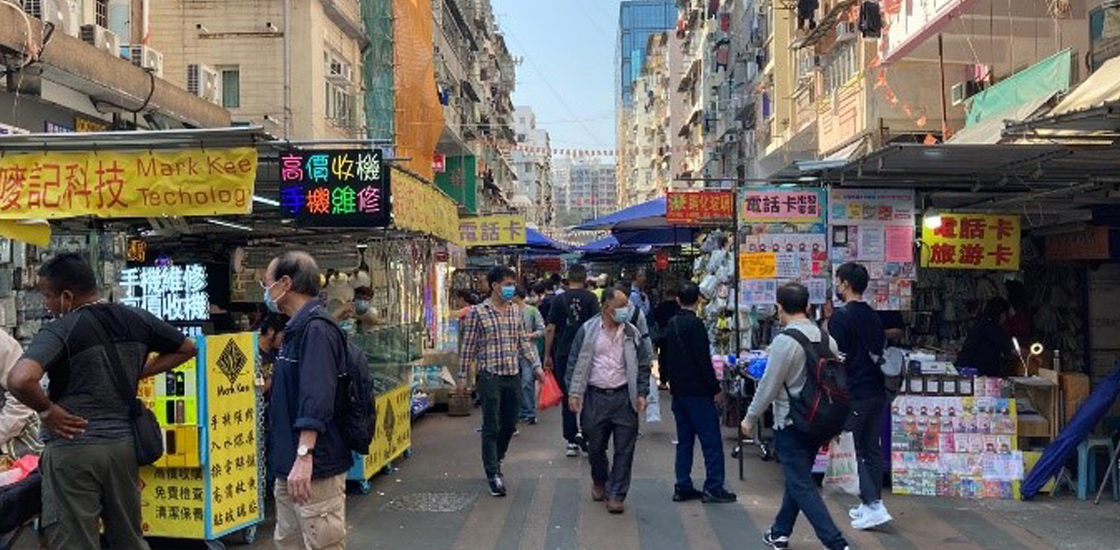Higher Education Know-how
【Interior Design】Things to Consider in Interior Design, Far Beyond Your Imagination!
When it comes to interior design, in addition to considering material applications, spatial layout, and local regulations, there are several important areas worth considering:
Community and User Needs
Recognize the importance of designing spaces that respond to the needs and preferences of the community or target users. This involves conducting research and understanding the cultural, social, and demographic factors that shape community lifestyles and values. Designing inclusive and accessible spaces to meet different needs is also an important consideration. For example, when designing public spaces, it is necessary to consider the activities and interactions of users within the community in order to create a functional and comfortable environment that meets their needs.
Cultural Sensitivity
Appreciate the influence of culture on design and how it shapes the perception and utilization of space. Understanding the importance of cultural sensitivity in design decisions, such as respecting cultural traditions, preferences, and symbolic meanings. By understanding different cultural aesthetics and appropriately incorporating them, designs that resonate with the target audience can be created. For example, when designing restaurants or guest rooms, considering the dining and relaxation needs and expectations of different cultures can create a more attractive and satisfying space.
Taking the traditional culture of theater pavilions as an example, students from HKCT were invited by UNESCO to create a model of a bamboo theater. The theater serves as a venue for worshiping gods and a performance stage, as well as a sheltered resting space for villagers who used to stay up all night watching performances. The design also took into account the flexibility of "building and dismantling".

Community Values and Cultural Background
Designed spaces should be able to reflect and respect the values and cultural background of the community. This means incorporating local cultural elements, symbols, and stories into the design to create a unique and meaningful environment. For example, in the design process of public buildings or cultural centres, considering the local history, traditions, and cultural characteristics can create a space that is relevant to the community's identity and sense of belonging.
Sustainability and Environmental Friendliness
Considering sustainability and environmental friendliness is crucial in interior design. "Eco-Design" is also a compulsory course in HKCT interior design programme. Understanding green building principles and technologies, using renewable materials, optimizing energy efficiency and water resource utilization, and reducing waste and pollutant emissions are all issues that designers should pay attention to. In fact, students from HKCT interior design programme have even utilized discarded mobile phone cases to create environmentally-friendly materials. By adopting sustainable design approaches, a healthier and more environmentally friendly living space can be created for the community.
Interior design is a comprehensive field that requires the holistic consideration of community and user needs, cultural sensitivity, community values and cultural background, and sustainability. By paying attention to these areas, designers can create interior environments that align with the community and users, and are unique and meaningful.

HKCT provides interior design programmes:
Higher Diploma in Interior Design*
Diploma in Creative Design (Interior Design)*
*This course has been included in the list of reimbursable courses under Continuing Education Fund.
Higher Diploma in Interior Design, CEF Course Code: 32H153853, Total Contact Hours: 1195
Diploma in Creative Design (Interior Design),CEF Course Code: 32L134314,Total Contact Hours: 450)






